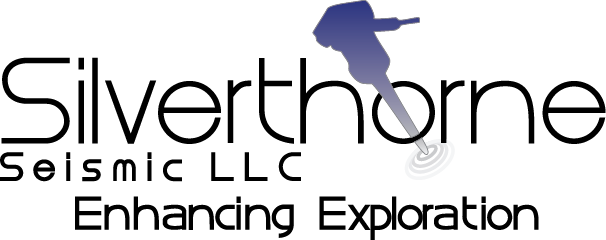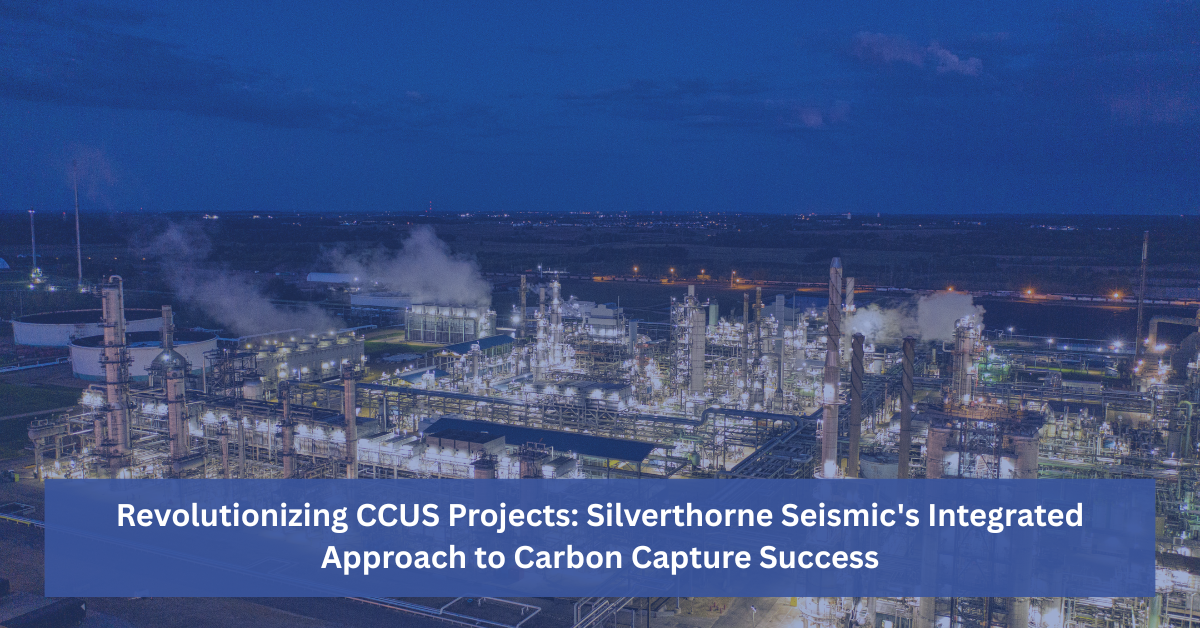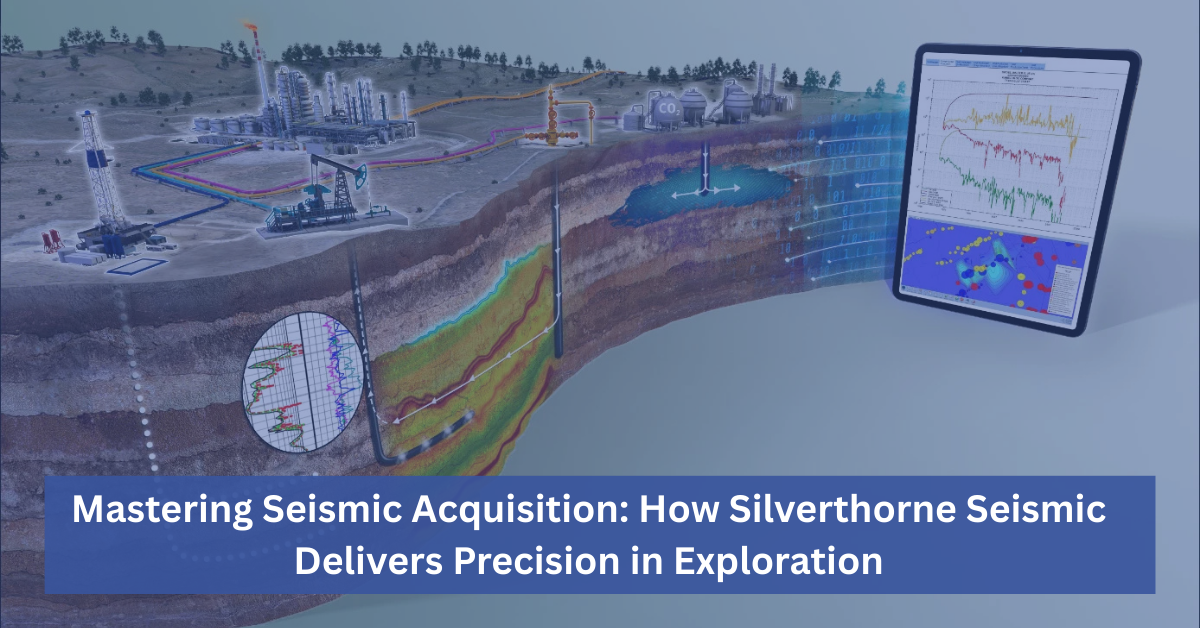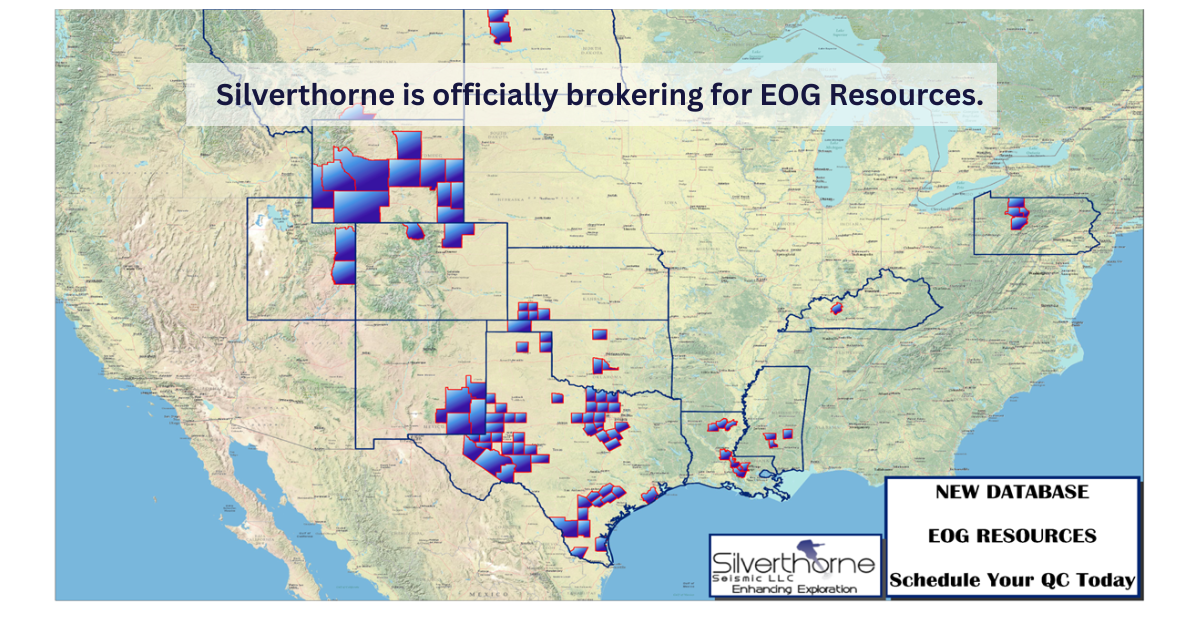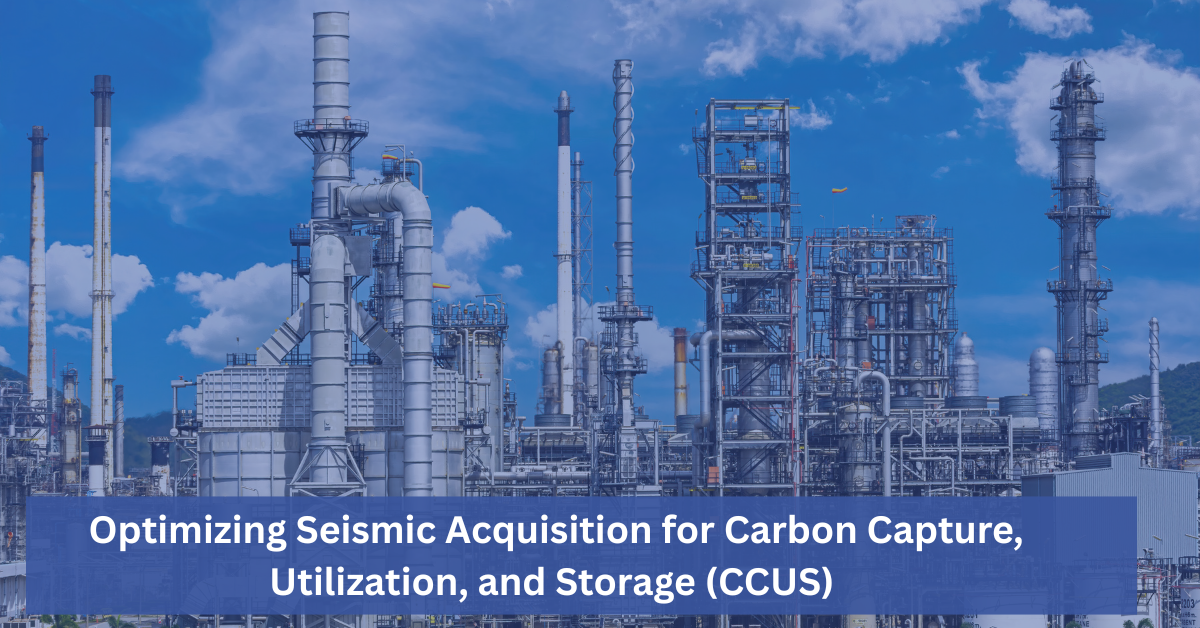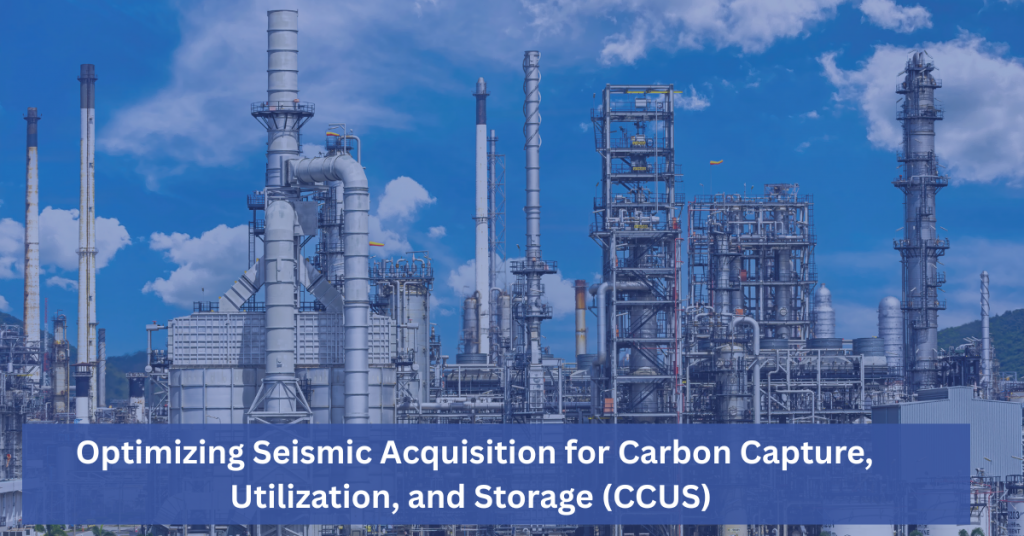As the global energy landscape shifts toward sustainability, Carbon Capture, Utilization, and Storage (CCUS) has emerged as a critical technology for mitigating climate change. At Silverthorne Seismic, we recognize that effective CCUS projects hinge on precise subsurface characterization, which is where advanced seismic acquisition plays a pivotal role. This blog explores the importance of seismic acquisition in CCUS, its unique challenges, and how Silverthorne Seismic’s expertise supports successful carbon storage initiatives.
The Role of Seismic Acquisition in CCUS
Seismic acquisition involves collecting high-resolution subsurface data using sound waves to map geological formations. For CCUS, this data is essential for identifying and characterizing suitable storage sites, such as saline aquifers or depleted oil and gas reservoirs, to ensure safe and permanent CO₂ sequestration. Accurate seismic data enables operators to:
– Identify Storage Sites: Pinpoint formations with sufficient porosity, permeability, and sealing capacity to store CO₂ securely.
– Monitor CO₂ Plumes: Track the migration and behavior of injected CO₂ to verify containment and detect potential leaks.
– Assess Risks: Evaluate faults, fractures, or other geological features that could compromise storage integrity.
At Silverthorne Seismic, our tailored seismic solutions provide the clarity needed to de-risk CCUS projects and ensure long-term success.
Key Considerations in Seismic Acquisition for CCUS
CCUS projects demand specialized seismic acquisition strategies due to their unique requirements. Here are the critical factors we address:
- High-Resolution Imaging
CCUS sites often require detailed imaging of complex subsurface structures. High-resolution 3D seismic surveys, combined with advanced processing techniques, allow us to map thin caprock layers and small-scale faults that could affect CO₂ containment. Silverthorne Seismic leverages cutting-edge acquisition technologies to deliver the precision needed for these high-stakes projects.
- Baseline and Time-Lapse (4D) Surveys
Establishing a baseline seismic dataset before CO₂ injection is critical for monitoring changes over time. Time-lapse (4D) seismic surveys, conducted during and after injection, track CO₂ plume movement and verify storage integrity. Our team designs acquisition programs optimized for repeatability, ensuring reliable comparisons across multiple surveys.
- Site-Specific Challenges
CCUS sites vary widely, from onshore saline aquifers to offshore depleted reservoirs. Each environment presents unique challenges, such as surface access limitations or complex geology. Silverthorne Seismic customizes acquisition parameters—such as source strength, receiver placement, and survey geometry—to overcome these challenges and deliver actionable data.
- Cost and Efficiency
CCUS projects must balance technical precision with economic viability. Our expertise in survey design and execution minimizes acquisition costs while maximizing data quality, helping operators achieve regulatory compliance and project goals within budget.
Silverthorne Seismic’s Approach to CCUS
At Silverthorne Seismic, we bring decades of experience in seismic acquisition to support the growing CCUS industry. Our approach includes:
– Advanced Technology: We utilize state-of-the-art equipment and processing tools to deliver high-fold subsurface images.
– Customized Solutions: Every CCUS project is unique. We collaborate closely with clients to design acquisition programs tailored to their specific site and horizon objectives.
– Regulatory Compliance: Our data supports the stringent monitoring, verification, and reporting requirements of CCUS regulations, ensuring safe and compliant operations.
The Future of Seismic Acquisition in CCUS
As CCUS scales globally, the demand for reliable, high-quality seismic data will only grow. Innovations in acquisition technology—such as distributed acoustic sensing (DAS) and machine learning-enhanced processing—are poised to further improve the efficiency and accuracy of CCUS projects. At Silverthorne Seismic, we stay at the forefront of these advancements to support our clients in achieving their decarbonization goals.
Conclusion
Seismic acquisition is the backbone of successful CCUS projects, providing the subsurface insights needed to select, monitor, and manage CO₂ storage sites. At Silverthorne Seismic, we are committed to delivering customized, high-quality seismic solutions that empower our clients to advance sustainable energy solutions. Click Here to learn more about how we can support your carbon storage initiatives.
